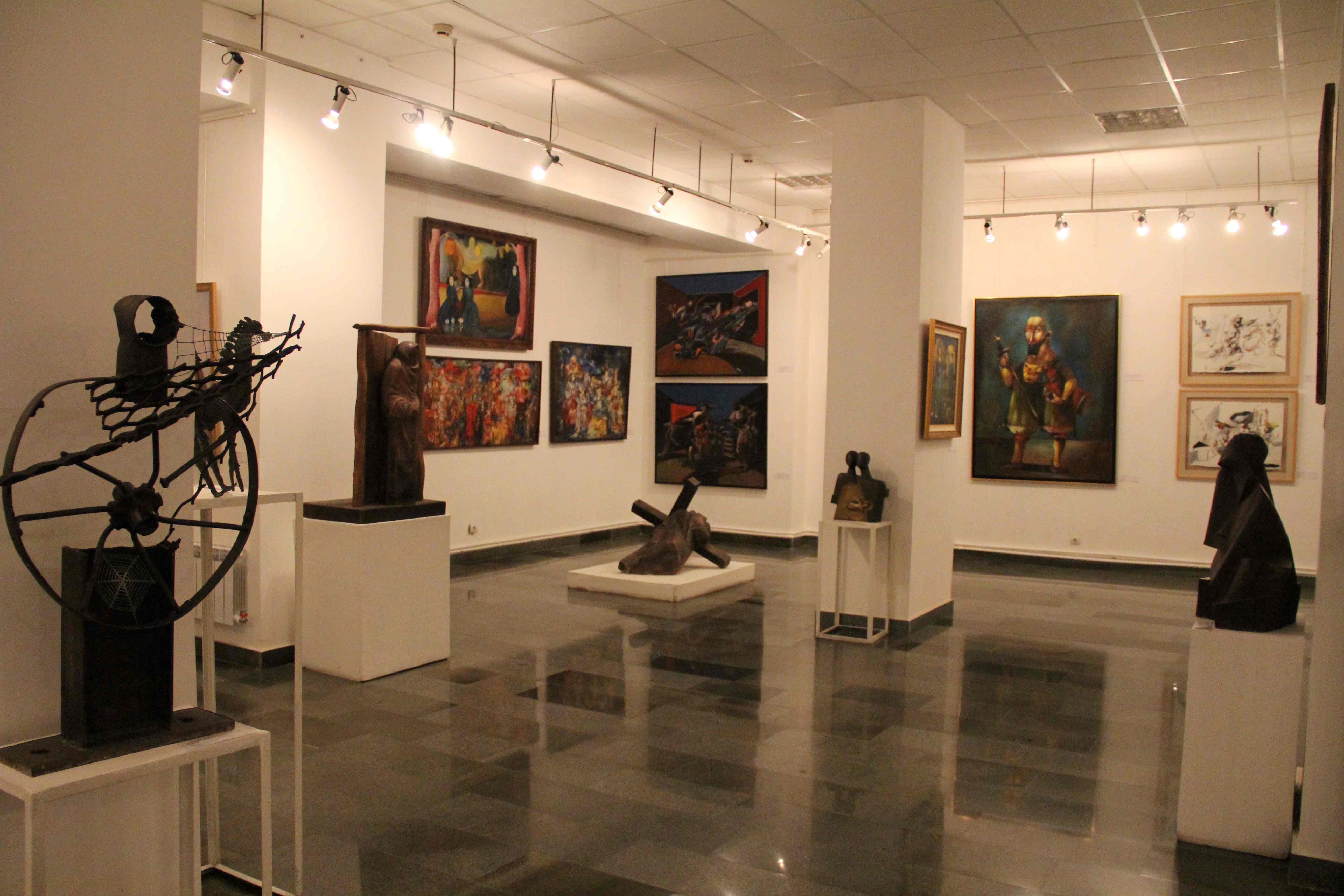Imagine stepping into a world where the boundaries of art blur, where time bends and the impossible becomes reality. This isn’t a scene from a dream but a tangible experience waiting to be uncovered at the Museum of Modern Art (MoMA) in New York City. More than just a repository of iconic works, MoMA is a gateway to understanding the evolution of modern and contemporary art, a place where the past whispers secrets to the present and inspires the future.
.jpg)
Image: commons.wikimedia.org
For lovers of art, aspiring artists, curious minds, and anyone seeking a profound experience, MoMA offers a journey through artistic movements, cultural shifts, and personal stories. It’s a place where iconic works like Van Gogh’s “Starry Night” and Picasso’s “Guernica” reside alongside innovative contemporary pieces, challenging our perceptions and prompting us to see the world in a new light. Whether you’re familiar with artistic jargon or simply eager to explore the beauty around you, a visit to MoMA is an invitation to open your mind and embrace the power of art.
A Legacy of Innovation: The Birth and Growth of MoMA
The story of MoMA begins in 1929, a time of artistic revolution and societal transformation. Born from the vision of a small group of passionate individuals, including Abby Aldrich Rockefeller, Lillie P. Bliss, and Mary Quinn Sullivan, MoMA aimed to showcase the most cutting-edge art of its time. In its early years, the museum focused on European modernism, showcasing the works of artists like Pablo Picasso, Henri Matisse, and Vincent van Gogh. These artists were challenging traditional artistic norms, embracing abstract forms, bold colors, and innovative techniques.
The museum’s collection grew rapidly in the 1930s and 1940s, reflecting the burgeoning American art scene. Artists like Georgia O’Keeffe, Jackson Pollock, and Mark Rothko, all of whom played pivotal roles in defining American modern art, found a home within MoMA’s walls. The museum’s expansion mirrored the evolution of the art world, encompassing new movements such as abstract expressionism, pop art, and minimalism.
A Tapestry of Art: Exploring MoMA’s Collection
MoMA’s collection is a sprawling tapestry woven with artistic threads from around the globe. It houses over 200,000 works across various mediums, including paintings, sculptures, photographs, films, drawings, prints, and architecture. Each piece tells a story, reflecting the complexities of human experience, the beauty of the natural world, and the ever-evolving nature of our society.
Walking through MoMA’s galleries, one can trace the evolution of artistic movements. From the early 20th century, when artists were breaking free from traditional constraints, to the contemporary era, where art often blends technology, performance, and social commentary, MoMA offers a comprehensive overview of artistic exploration. You can marvel at the raw emotionality of Van Gogh’s brushstrokes, be captivated by the geometric precision of Mondrian, or lose yourself in the layers of surrealism in a Dali masterpiece. The museum’s collection is not merely a collection of objects; it is a living record of artistic imagination, a testament to the power of human creativity.
Beyond the Gallery Walls: MoMA’s Impact on Culture
MoMA’s influence extends far beyond its walls. The museum has been at the forefront of curatorial innovation, hosting groundbreaking exhibitions and establishing curatorial practices that have influenced museums worldwide. It actively engages with the public through educational programs, workshops, and public lectures, fostering a deeper understanding and appreciation of art across generations.
MoMA has been a pioneer in using technology to enhance the visitor experience, offering interactive exhibits, virtual tours, and online resources that make art accessible to a global audience. It continues to push the boundaries of what a museum can be, fostering dialogue, promoting social engagement, and serving as a vital cultural anchor in New York City.

Image: travelarmenia.org
Unleashing Your Inner Artist: Learning from MoMA
For those seeking inspiration and insight, MoMA offers a unique opportunity to learn from the masters. By simply observing the techniques, materials, and themes explored by renowned artists, one can gain a deeper understanding of the creative process. The museum’s extensive collection serves as a visual library, brimming with knowledge and artistic inspiration.
MoMA also offers a wide range of educational programs, from introductory courses on art history to specialized workshops for aspiring artists. Whether you’re a seasoned professional or a curious beginner, there’s something at MoMA for everyone to learn, grow, and hone their creative skills.
Museum Modern Art New York
A Legacy that Endures: Embracing the Power of Art
MoMA is more than just a museum; it’s a living testament to the enduring power of art. It stands as a symbol of creativity, innovation, and cultural exchange. Beyond the iconic works and renowned exhibitions, MoMA’s true legacy lies in its ability to inspire, challenge, and connect individuals through the universal language of art.
A visit to MoMA is not just an excursion, but an experience, an opportunity to step into a world of boundless imagination, where the boundaries of art blur, and the impossible becomes a reality. So, the next time you find yourself in New York City, or even if you’re miles away, take a virtual tour of MoMA, explore its vast collection, and let yourself be inspired by the beauty, wonder, and enduring power of art.





